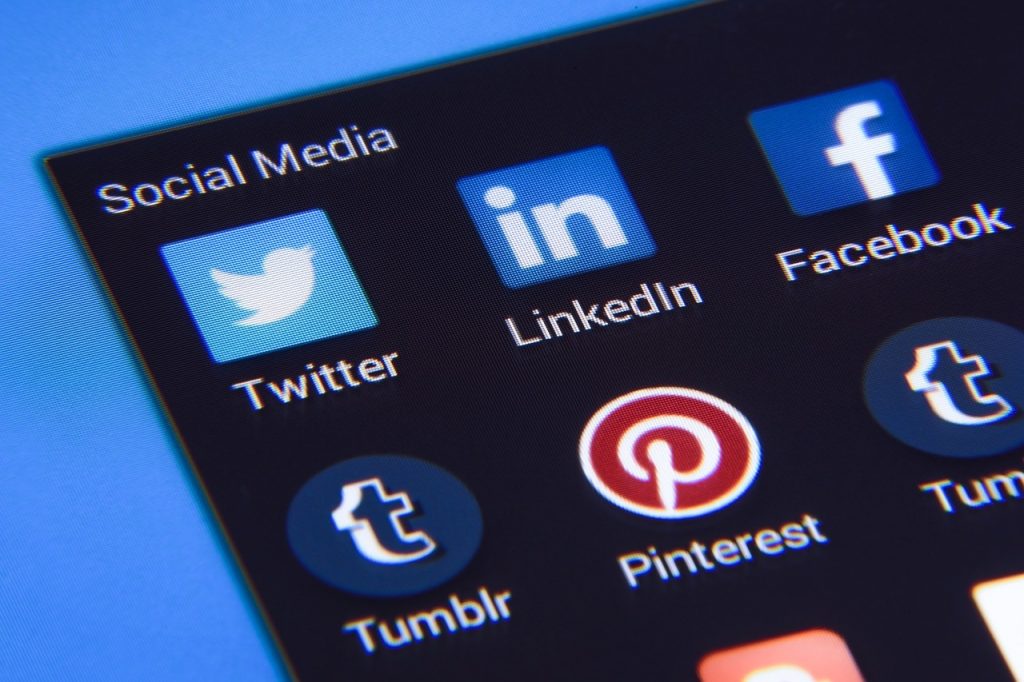Have you ever wondered why some advertisements stick in your mind while others fade away? The secret often lies in The Importance of Visuals In Marketing Campaigns.
Visuals have a unique power to captivate, communicate, and leave a lasting impression. In a world flooded with information, using strong, impactful visuals is the key to ensuring your marketing message stands out and connects with your audience.
Table of Contents For The Importance of Visuals In Marketing Campaigns
| Sr# | Headings |
|---|---|
| 1 | Introduction |
| 2 | Why Visuals Matter in Marketing |
| 3 | How the Brain Processes Visuals |
| 4 | The Emotional Impact of Images |
| 5 | Visuals and Brand Recognition |
| 6 | Infographics: Simplifying Complex Ideas |
| 7 | Videos: The King of Content |
| 8 | The Role of Colors in Marketing |
| 9 | Typography and Its Visual Power |
| 10 | Consistency in Visual Identity |
| 11 | User-Generated Visual Content |
| 12 | The Role of Social Media Platforms |
| 13 | Adapting Visuals for Different Audiences |
| 14 | Visuals and Call-to-Actions (CTAs) |
| 15 | Conclusion |
Introduction of Visuals In Marketing Campaigns
Think about the last ad that caught your eye. Was it the vibrant colors? A funny video? Or a captivating photo? Visuals are a powerful tool that marketers use to grab attention and communicate effectively. Without strong visuals, even the best marketing message might go unnoticed.
Why Visuals Matter in Marketing
Did you know that people remember 80% of what they see but only 20% of what they read? Visuals are key to grabbing attention quickly in today’s fast-paced world. They make content memorable and engaging, ensuring your message stands out.
How the Brain Processes Visuals
The human brain is wired to process visuals much faster than text. In fact, it processes images 60,000 times faster! This is why an eye-catching photo or video can deliver a message more effectively than a block of text.
The Emotional Impact of Images
A single image can evoke powerful emotions. Think about heartwarming pet ads or emotional charity campaigns. Visuals tap into our feelings, making it easier to connect with the message on a personal level.
Visuals and Brand Recognition
Strong visuals build brand identity. Take Coca-Cola’s iconic red and white or Nike’s swoosh logo. These visuals are instantly recognizable and leave a lasting impression on the audience.
Infographics: Simplifying Complex Ideas
Sometimes, words aren’t enough. Infographics break down complicated information into bite-sized, visually appealing pieces. They’re perfect for sharing statistics, processes, or comparisons.
Videos: The King of Content
Videos are among the most engaging types of content. Whether it’s a quick how-to tutorial or a heartfelt brand story, videos grab attention and keep viewers hooked. Platforms like YouTube and TikTok have proven the immense power of video in marketing.
The Role of Colors in Marketing
Colors speak louder than words. Red creates a sense of urgency, blue builds trust, and yellow evokes happiness. Understanding color psychology allows brands to communicate emotions without saying a word.
Typography and Its Visual Power
The way text is presented matters just as much as the words themselves. Bold, playful fonts convey fun, while sleek, minimalist typography screams professionalism. Typography enhances your brand’s personality.
Consistency in Visual Identity
Imagine a brand that uses different fonts, colors, and logos on every platform. Confusing, right? Consistency in visuals creates trust and familiarity, ensuring your audience knows what to expect.
User-Generated Visual Content
Encourage your audience to share photos and videos of your products. This not only builds community but also serves as free, authentic content that resonates with potential customers.
The Role of Social Media Platforms

Social media thrives on visuals. From Instagram’s photo-first approach to TikTok’s video dominance, platforms are designed to prioritize eye-catching content. Make the most of these platforms to reach a wider audience.
Adapting Visuals for Different Audiences
Not all visuals work for every demographic. What appeals to teenagers may not resonate with senior citizens. Tailor your visuals based on your target audience’s preferences and needs.
Visuals and Call-to-Actions (CTAs)
An engaging visual paired with a compelling call to action can drive results. For instance, a vibrant button saying “Shop Now” or a striking video ending with “Subscribe Today” pushes users to take action.
Conclusion
Visuals aren’t just decoration—they’re the backbone of successful marketing campaigns. They capture attention, evoke emotions, and communicate messages instantly. Whether it’s a vibrant infographic or a heartfelt video, the right visuals can make all the difference.
FAQs About The Importance of Visuals In Marketing Campaigns
1. Why are visuals important in marketing campaigns?
Visuals grab attention, make content memorable, and help communicate messages quickly and effectively.
2. How do colors impact marketing visuals?
Colors evoke emotions and influence decision-making. For example, red creates urgency, while blue builds trust.
3. What makes a good marketing visual?
A good marketing visual is eye-catching, relevant, and tailored to the target audience. Consistency with the brand is also key.
4. How can businesses use user-generated content?
Encourage customers to share photos or videos of your products and feature them on your platforms to build authenticity and trust.
5. What role does social media play in visual marketing?
Social media platforms like Instagram and TikTok prioritize visuals, making them essential for reaching and engaging audiences.







